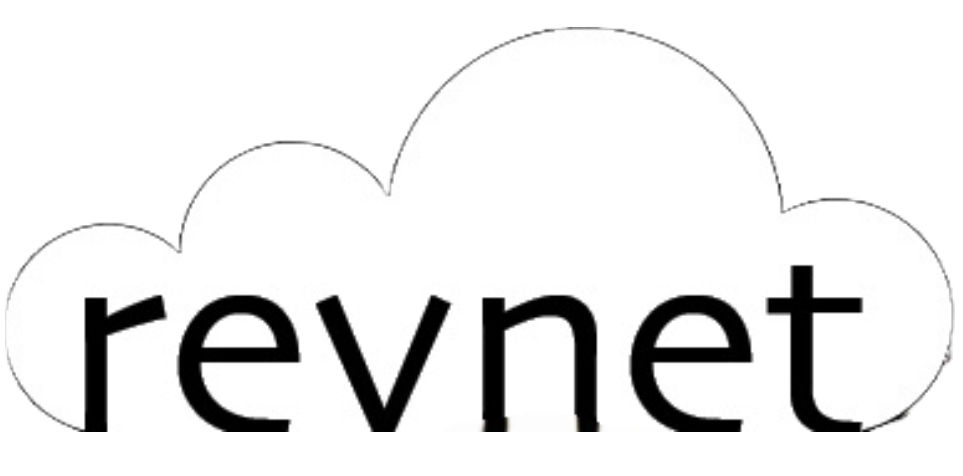Use Case: Leveraging Azure Stack HCI at RevNet Hosting and Colocation for Hosting Azure Virtual Desktop (AVD)
Background:
RevNet Hosting and Colocation is a private datacenter that offers Azure Stack HCI hardware as a service (HaaS), enabling customers to deploy and manage a hyper-converged infrastructure using Azure Stack HCI. RevNet also supports colocating other physical systems and provides advanced networking options, including Azure ExpressRoute onramp services. A key application of this service is running Azure Virtual Desktop (AVD) on the Azure Stack HCI cluster, optimizing networking performance, and enabling seamless integration with both legacy and cloud-based systems.
Scenario:
A mid-sized enterprise, “TechWorks Inc.,” is seeking to modernize its IT infrastructure to support a rapidly growing remote workforce. The company plans to leverage Azure Virtual Desktop (AVD) for remote work while ensuring data residency and compliance by hosting workloads on-premises. Additionally, TechWorks Inc. has legacy physical servers that need to be colocated in the same environment. The company also aims to optimize its wide area network (WAN) architecture, reduce latency, and streamline access to Azure services.
- Azure Virtual Desktop on Azure Stack HCI:
Objective:
Deploy Azure Virtual Desktop (AVD) on the Azure Stack HCI cluster provided by RevNet Hosting and Colocation to offer virtual desktops to remote employees with low latency and high performance.
Benefits:
- Hybrid Flexibility: Hosting AVD on Azure Stack HCI at RevNet provides a hybrid environment where virtual desktops are managed through Azure but physically hosted on-premises, allowing seamless integration with Azure services like identity management, security, and compliance monitoring.
- Performance and Latency: Running AVD in the same datacenter as the colocated legacy systems ensures minimal latency when accessing on-premises data and applications. This setup provides a superior user experience for remote employees who rely on high-speed access to legacy systems.
- Cost Efficiency: TechWorks Inc. avoids significant upfront hardware investments by leveraging RevNet’s HaaS model, paying for the infrastructure on a subscription basis that aligns with operational expenses.
- Scalability: The Azure Stack HCI cluster at RevNet can scale as needed, enabling TechWorks Inc. to add more virtual desktops or expand workloads without significant infrastructure changes.
- Colocating Physical Systems:
Objective:
Colocate legacy physical systems within the same RevNet datacenter that hosts the Azure Stack HCI cluster, enabling centralized management and optimized resource utilization.
Benefits:
- Centralized Management: Colocating physical systems alongside the Azure Stack HCI cluster at RevNet allows for unified management of both virtual and physical environments, simplifying IT operations and reducing the need for separate management tools.
- Optimized Resource Utilization: By colocating physical servers in the same environment, TechWorks Inc. can optimize network, storage, and compute resources across both virtual and physical systems, leading to better performance and lower operational costs.
- Low-Latency Access: With both AVD and legacy systems located in the same datacenter, TechWorks Inc. ensures low-latency access between virtual desktops and legacy applications, enhancing the end-user experience for remote workers.
- Data Security and Compliance: Hosting both virtual and physical systems within RevNet ensures that all workloads comply with data security policies and industry regulations.
- Networking Optimization:
Objective:
Streamline WAN architecture, reduce latency, and enable seamless connectivity to Azure services through RevNet’s advanced networking options, including Azure ExpressRoute onramp services.
Benefits:
- WAN Endpoint Consolidation: By colocating WAN endpoints within RevNet, TechWorks Inc. can consolidate and simplify its WAN architecture, reducing complexity and improving network performance. This consolidation also minimizes potential points of failure and improves overall network resilience.
- Lower Latency: The strategic colocation of physical systems, AVD, and WAN endpoints within the same RevNet datacenter reduces the distance data must travel, resulting in significantly lower latency. This is particularly beneficial for applications where real-time data access is critical.
- Azure ExpressRoute Onramp: RevNet’s availability of Azure ExpressRoute onramp services provides TechWorks Inc. with a dedicated, private connection to Azure, offering enhanced security, reliability, and performance. This setup facilitates seamless hybrid cloud operations, enabling smooth data transfers between on-premises infrastructure and Azure services.
- Improved User Experience: The combination of low-latency network access, optimized WAN architecture, and the availability of ExpressRoute ensures that remote employees using AVD experience fast, reliable access to both on-premises and cloud-based resources.
Conclusion:
By utilizing Azure Stack HCI at RevNet Hosting and Colocation, TechWorks Inc. can modernize its IT infrastructure to support remote work with Azure Virtual Desktop while ensuring compliance, optimizing resource utilization, and enhancing networking performance. The combination of colocating legacy physical systems, consolidating WAN endpoints, and leveraging Azure ExpressRoute onramp services creates a highly efficient, low-latency environment that supports the company’s growth and operational objectives.
